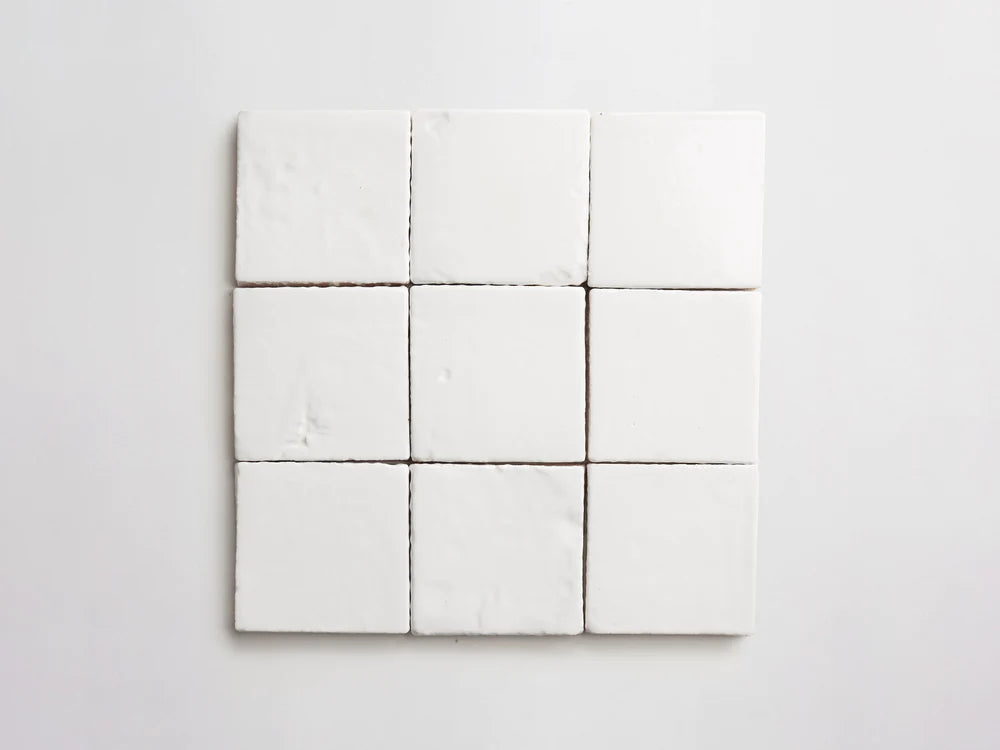way more than your basic tile: all about subway tile
by clé tile | published: Oct 22, 2024
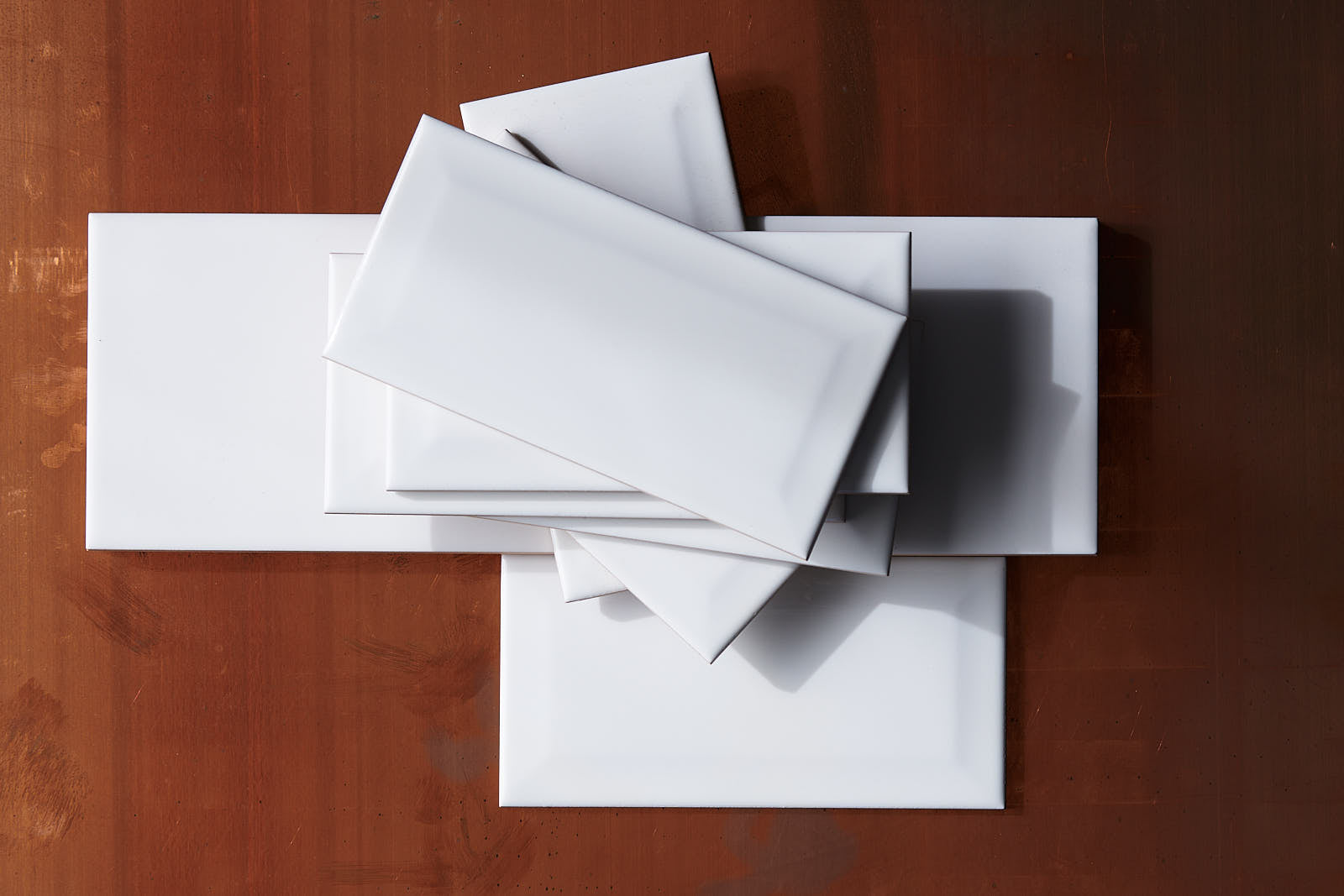
like jeans and a white t-shirt, subway tile is a classic, and for good reason. it can be dressed up or down, laid in a myriad of patterns, and integrated into practically any design scheme.
the phrase “subway tile” may have you imagining glossy white ceramic, but that’s really just the start of the story. bright colors, earthy textures, modern aesthetics — they’re all possible with subway tile.
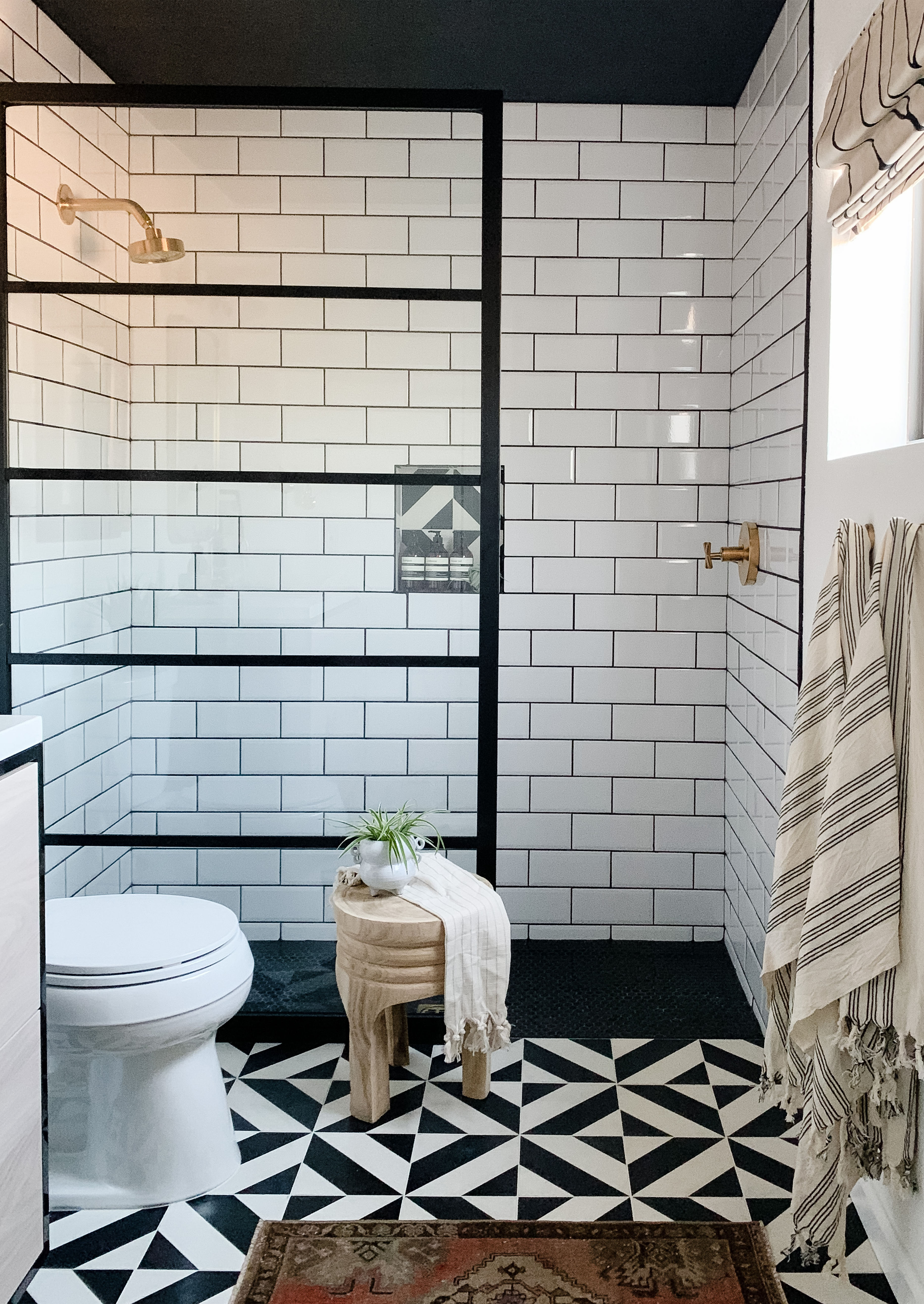
ceramic 4x8 subway tile. design / photo: haus of vorwith
the storied history of subway tile
subway tiles as we know them first grew in popularity in the early 20th century. their durable, easy-cleaning, and light-reflecting properties made them a sensible choice when many of the world’s subway systems were being established. architects george c. heins and christopher grant la farge are credited with their initial use in the new york city subway, which opened in 1904. (it’s worth noting that the london underground and paris metro, which both opened earlier, also made use of similar tile.)
for turn-of-the-century city dwellers — and a victorian people fixated on cleanliness — subway tile had many attractive benefits. it soon gained a reputation for its sanitary and functional perks, cropping up in kitchens, bathrooms, and butcher shops all over.
subway tile never really went out of style, but it did share space with glass and stone mosaic tile for some time. then when design began to favor clean lines, minimalism, and functionality, white subway tile came to the forefront once more. today, it’s being used in classic and bold ways alike, with many people now opting for less traditional materials, shades, and patterns.
subway tile 101
most people assume that subway tile only comes in glossy white ceramic or porcelain in a 2:1 ratio. (that’s what you’ll spot in new york subway stations, after all.) but there’s really no hard and fast rule. subway tile now comes in a whole medley of colors and shapes, including squares. it can be glossy, matte, or unglazed, and you’ll find it in terracotta, brick, natural stone, and even bronze.
size and shape
let’s talk size and shape. traditional subway tiles are 3 inches by 6 inches, half as wide as they are long. (that’s your typical 2:1 ratio.)
but at clé we don’t limit ourselves to the classic format.
our modern farmhouse brick tiles, for example, are 2.5 inches by 9.5-inches, a narrower size that lends a modern look.
also offering the more European version of subway tile in a 6 by 6 inch in the classic gloss and matte ceramic subway tiles, and the 4-by-4 square tile of our casale rustico collection, which can be installed in a staggered pattern for the same impact.
materials
with the right tile selection and treatment, virtually any tile material can nod to the subway aesthetic. ceramic is a popular choice, of course, available in every color under the sun.
then you have zellige, terracotta, and brick, which can take on neutral colors for a more traditional look (and bold colors for something unexpected).
speaking of the unexpected: natural stone and marble tile are often overlooked options, ranging from soft white dolomite to statement-making calacatta viola marble.
finish
when most think “subway,” they think “glazed” and “glossy,” since those are the most common finishes for ceramic tile. but there are many unglazed porcelain options available, and as you dip into different materials, the finish options expand even more.
ceramic, brick, and cement all come in matte finishes, for example, while terracotta and stone come in a flurry of natural, unglazed options. (and how stunning is this glazed gold zellige tile?)
iconic subway tile design layouts
subway tile is incredibly versatile, as it can be dressed up or down and laid in a wide variety of patterns. choosing a pattern can be overwhelming, but there are many tried-and-true layouts — some iconic, some geometric, all stunning.

modern farmhouse brick in cream gloss. design: ore studios / photo: haris kenjar
classic brickwork pattern
when you imagine subway tile, you probably imagine it in a classic brickwork pattern, also known as a running bond. this is where the tile is installed in horizontal rows offset by half of a tile’s width. installation is generally more straightforward than with other layouts because there are fewer complicated tile cuts.
one way to turn this classic look on its head (literally) is to install it vertically, which can create the illusion of taller walls and higher ceilings. (we love vertical shower tile, in particular.) feeling even more adventurous? tilt the whole pattern at 45 degrees for a diagonal layout.
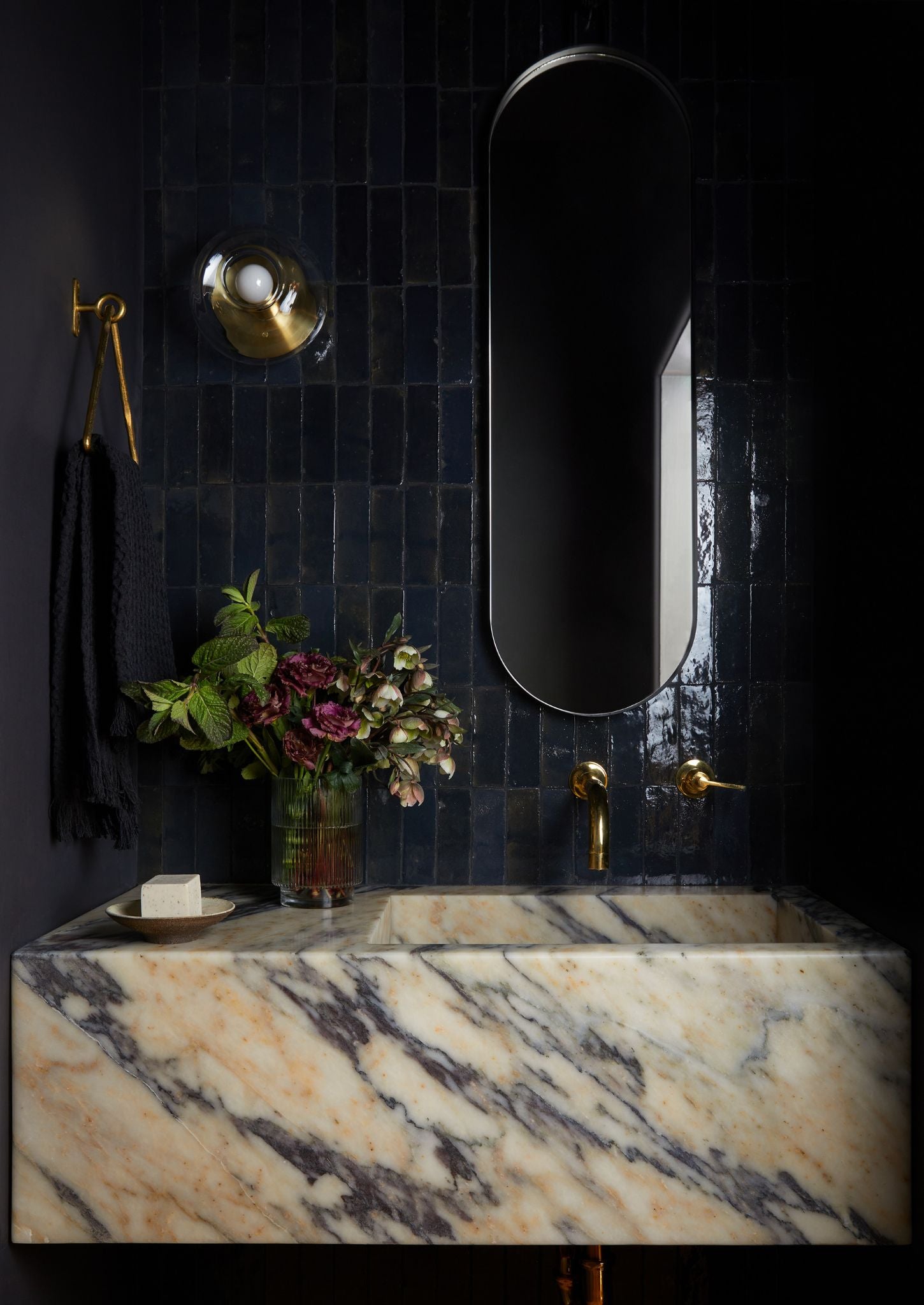
zellige 2 x 6 in battled armor. design: evgenia merson design / photo: margaret austen
stacked bond pattern
alternatively, you could go retro-meets-modern with a stacked bond layout, where tiles are laid on top of one another in neat columns. in this case, you’ll definitely want an expert installation, as perfectly straight lines are the name of the game — and surprisingly hard to get right.
this is another layout that can be installed horizontally for a more old-school look, or vertically for a look that extends the room upward.
herringbone pattern
a herringbone pattern involves laying rectangular tiles at 90-degree angles to form a staggered zigzag pattern. the size of the tile will influence the effect it has: standard brick-format tiles create a denser, more geometric pattern while longer, narrower tiles create a more directional and linear effect.
in applications like backsplashes, herringbone patterns are often laid out horizontally. but that’s not your only option. you might consider a vertical installation — or something halfway in between that resembles steps on a staircase.
while we always recommend partnering with an experienced contractor for your tile installation, this is especially true for projects like a white herringbone tile backsplash.
chevron pattern
many people assume herringbone and chevron are two names for the same pattern, but there is one key difference: where a herringbone pattern has rectangular pieces meeting at 90-degree angles to form a staggered zigzag, a
chevron pattern has diagonally cut pieces meeting at 45-degree angles to create a symmetrical zigzag.chevron patterns are generally more complex to install because rectangular pieces must be cut to create these 45-degree angles.
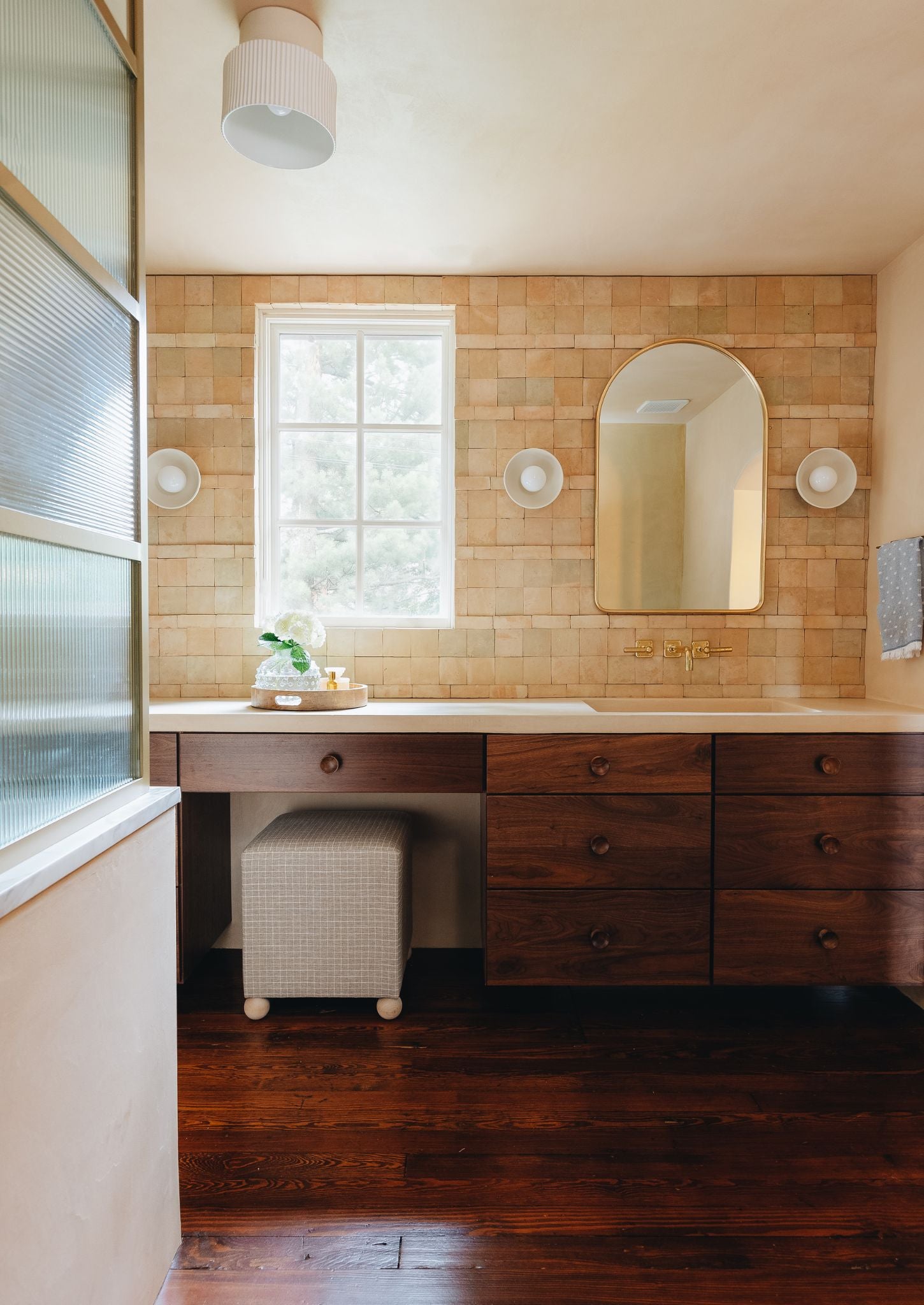
natural zellige 4x4 and 2x6. design: britney groneck / photo: kate leichhardt
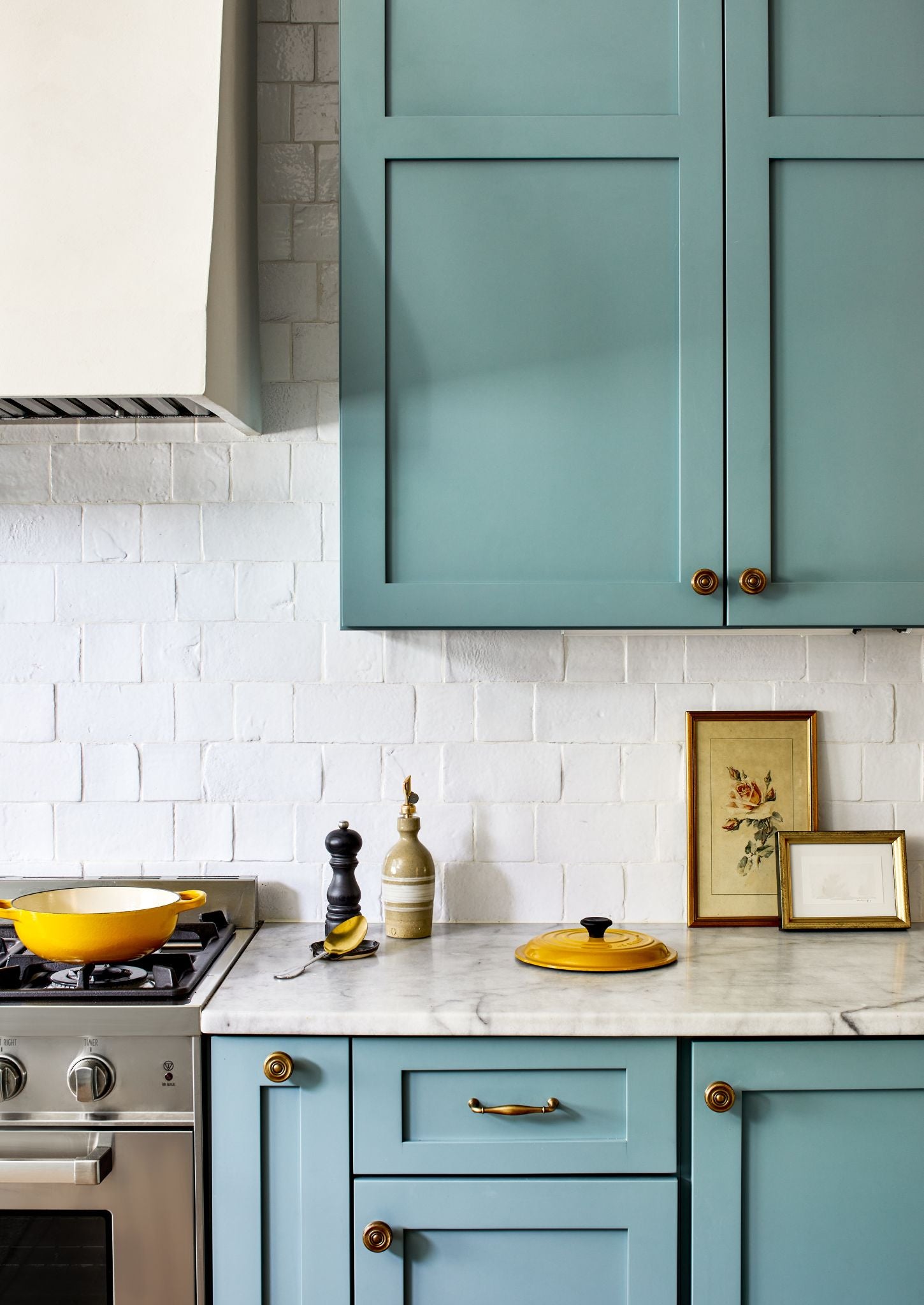
fornace brioni + clé casale rustico normale bundle. design: storie collective / photo: stacy zarin goldberg
creative layout ideas
if there’s one tile that lets you get creative with how you install it, it’s subway. you could skip all of the above, for example, and go for a basketweave or crosshatch pattern, where tiles are installed two-by-two alternating horizontally and vertically. (this only works if the tile is half as wide as it is long, but you can certainly adapt it for other sizes of tile.)
for the really creative: pair subway tile with tiles of other shapes and sizes to create a pinwheel effect, or even a more intricate mosaic.

clé zellige 2x6 in weathered white. design: brooke butler design / photo: patrick biller
subway tile applications: where will you install it?
kitchen, bathroom, laundry room, living room, mudroom — there’s not an interior space subway tile doesn’t play well with.
kitchen
sink and stove backsplashes are subway tile’s bread and butter, but that’s just the start. with so many tile options to choose from, you’ll also find it scaling entire walls, spanning floors, serving as a backdrop behind open shelving, and framing range hoods. ryan murphy’s l.a. home turns things up a notch with subway tile on the kitchen walls, counters, range hood, and ceiling.
bathroom
not just for shower walls and tub surrounds, subway tile also makes an impact as a full bathroom wall installation (all the way to the ceiling and without trim if we can help it). it can also be used as flooring and even on the ceiling.
laundry room, living room, and beyond
subway tile works well as both laundry room tile and mudroom tile, where glazed options make walls easy to maintain. unglazed options in these places, especially on the floor, can add traction and a much-welcome rustic feel. also growing in popularity: installing subway tile in the living room, from fireplace surrounds to accent walls.
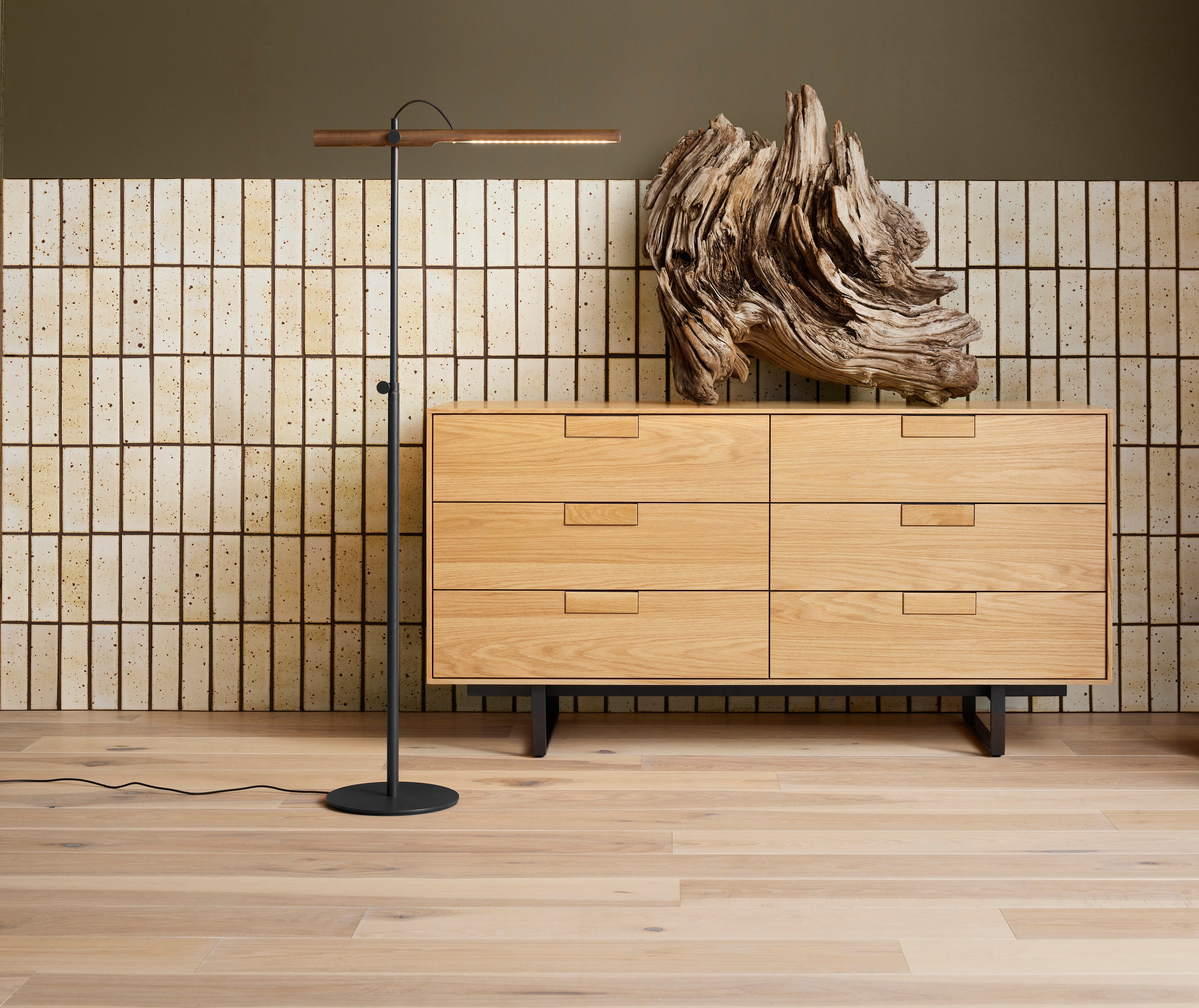
clé guild new california brick in yarrow. Design / photo: bludot
reimagining subway tiles for the modern era
broader definitions of subway tile are carrying it into the modern design space. designers and homeowners are taking more chances with different colors, textures, and patterns, opting for glamorous golds, natural terracottas, and unexpected layouts. matte finishes, in particular, give classic subway tile installations a modern spin—one that is often also earthy and rustic.
then there are the applications. where subway tile was once reserved for shower walls and kitchen backsplashes, now you’ll find it cladding range hoods and lining bathroom ceilings.
we haven’t even gotten to grout, either. grout, while functional, plays an essential role in creating the subway look. you might even go bold with your grout color for white tile and play with color.
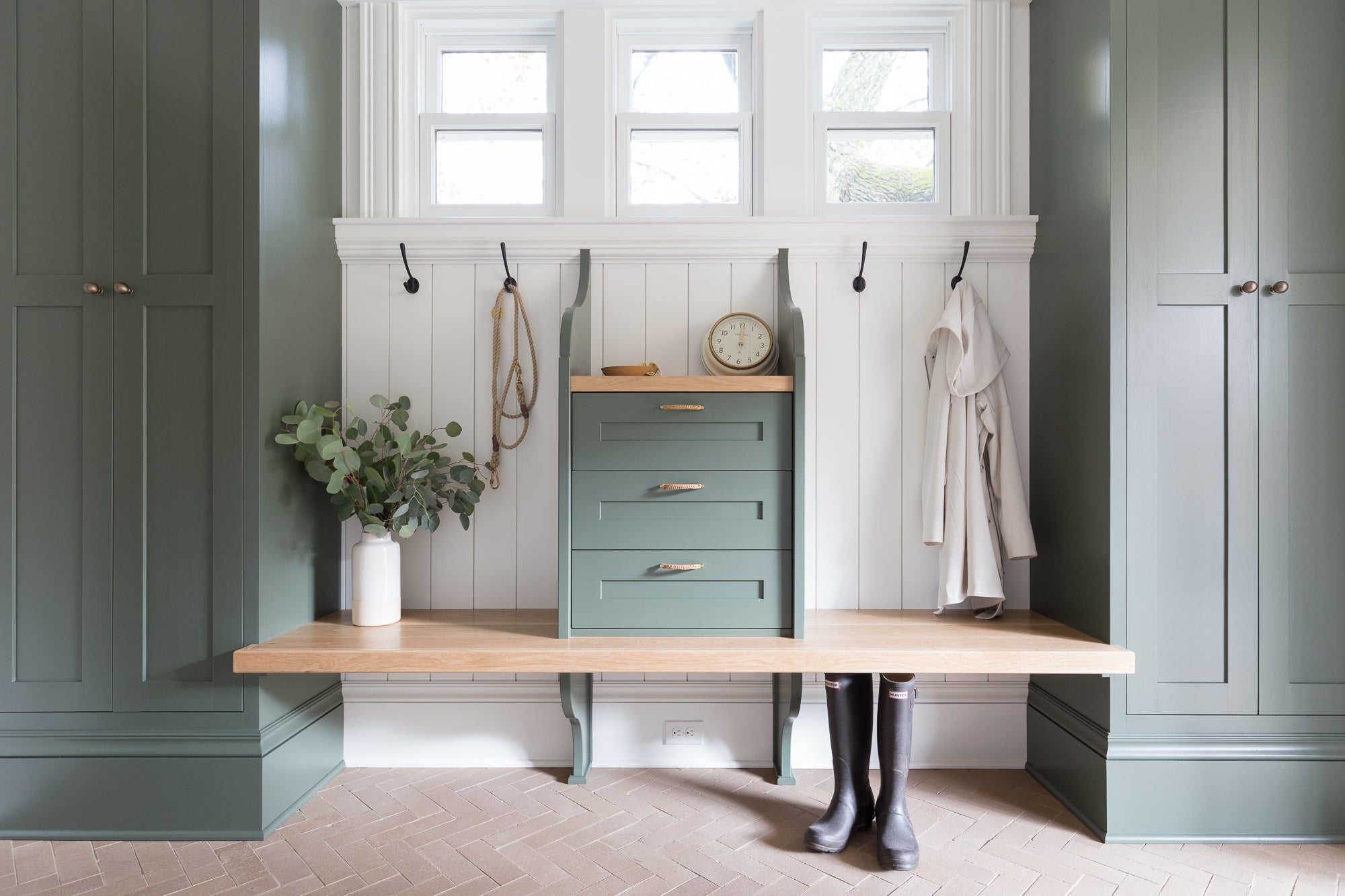
foundry flats brick in sinter. design: elliott meyers design / photo: dwelling photography
subway tile maintenance and care
subway tiles in classic glazed ceramic options are famously convenient to care for—and generally do not require sealing. when removing dust, debris, and spills, it’s best to avoid abrasive cleaners and opt for a soft cloth and mild, ph-neutral cleaner. as with all tile, spills should be wiped up as soon as possible to prevent staining (especially on the grout).
while easy to clean, glazed subway tile can still be susceptible to scratching. homeowners should take a common-sense approach here, avoiding harsh scrubbing pads and exercising caution when moving sharp or heavy objects.
as you look to non-traditional options like unglazed cement and matte brick, maintenance may be more involved. you might need to have your tile sealed once or twice a year, depending on where it is installed. your contractor can help you understand what to expect in the way of cleaning and upkeep.


